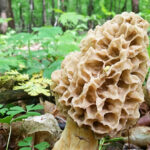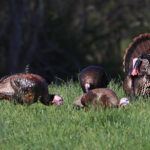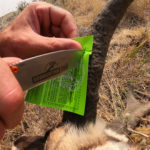Those who bowhunt deer and turkeys in county-owned parks and natural areas in Wisconsin’s Dane County should pause and thank Kathleen Falk for the privilege.
Dane County, of course, is home to Madison, the state’s capital; and it’s likely Wisconsin’s most “liberal” and Democratic county. And yet Falk, 70, the first female ever elected county executive, ensured hunters and anglers enjoyed the same access to county-owned lands and waters as dog-walkers, birdwatchers and horseback riders.
Falk was a state-employed attorney earlier in her career before serving 14 years (1990s through the early 2000s) as Dane county executive. She recently said her work to allow deer and turkey hunting in county parks and natural areas (currently 28 properties) was simply a matter of fairness.
“When government owns or buys land, it should be available to everyone,” Falk said. “They’re all being taxed for those properties, and they all use and appreciate the land differently. Everyone should have access, whether they’re hunters, anglers, hikers, birdwatchers, picnickers or dog-walkers.”
It helped, of course, that Falk hunts and fishes herself. Her lifetime of hunting, fishing and conservation advocacy eventually got noticed.
In April, she was inducted into the Wisconsin Conservation Hall of Fame, an honor she shares with legends such as Aldo Leopold, Owen Gromme and John Muir.
When watching Falk’s induction into the Hall in mid-April, my thoughts drifted to late October 2010 when I held a coveted archery tag for Dane County’s Donald Park, about 15 miles southwest of Madison.
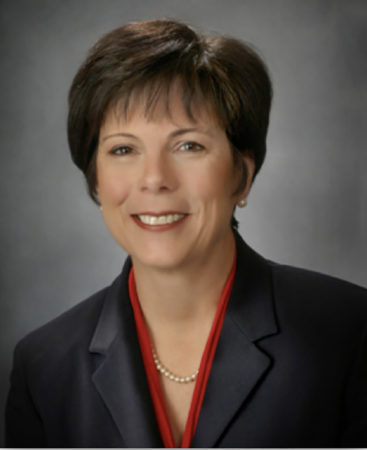
I recalled my right arm shaking with fatigue one morning as I let my bow down from full draw and watched the arrow slide forward on its rest.
About 30 yards away, the doe I had been aiming at the previous minute walked out of bow range, its body shielded by brush and trees. At 60 yards, well beyond my shooting skills, it finally stepped into the clear and crossed a hiking path circling a large field.
Not bad, I thought. With 90 minutes left in my fifth and final bowhunt before heading home, I had seen as many deer in Donald Park that morning as I had seen hikers and house dogs the previous two days; that is, three of each.
In fact, the deer were still in the field. A mature, high-racked 8-point buck was harassing a reluctant doe for breeding privileges, while the other doe kept its distance. Minutes later, the deer fled.
Looking to my right seconds later, I saw why: A hiker and his German shepherd were approaching on the trail. My mental scoreboard now read “People/Dogs, 4; Deer, 3.”
As the hiker and his dog disappeared around the bend, I settled in for my final hour on stand. When a deer stepped into the field 100 yards away 45 minutes later, my observations scoreboard was again tied, 4-4. I saw no antlers, so I pressed a grunt-tube to my lips and called to the deer, hoping my bleats sounded like a fawn searching for its mother.
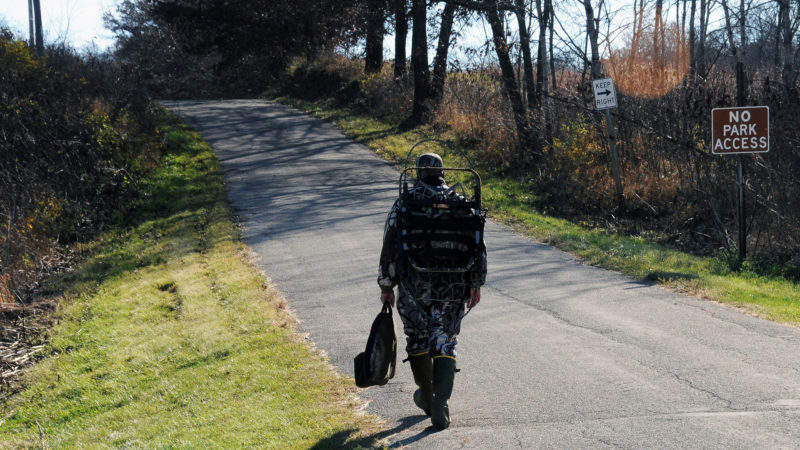
My heart sank when the deer snapped its head my way. Small forked antlers glinted in the midmorning sun. Because the park is in the state’s chronic wasting disease zone, I needed to shoot a doe or fawn before trying for bucks. Seconds later, it didn’t matter. Instead of walking toward me, the little buck trotted off, apparently trailing the other three deer.
Fifteen minutes later I descended, satisfied I had almost gotten a shot as a first-time participant in the Dane County Archery Hunting Program. The program, which began in 2001 and is administered by the county’s parks division, opens its properties to bowhunters chosen randomly by computer after applying for an access permit.
I was one of 23 bowhunters picked that fall for Donald Park, a 480-acre property between Mt. Vernon and Mt. Horeb. The land was gifted as a park by the late Delma Donald Woodburn, a descendant of the Rev. James Donald, who arrived in the 1850s to farm this scenic valley.
A friend of mine in Madison often bowhunts the park, and has bow-killed several deer there since 2007. After we discussed the challenges of managing deer in Wisconsin’s increasingly fragmented rural landscape — especially in areas where firearms aren’t allowed – he had suggested I apply for an archery permit.
Unlike some city and county officials elsewhere in Wisconsin, Dane County administrators realize they need to control deer to keep them from overbrowsing the parks’ woods. They also considered the herd’s impacts on crops, shrubs and woodlots owned by neighboring farmers and homeowners.
The program is strictly regulated. Park bowhunters must display their permit at all times, and keep their bow cased while in “public” areas. Bowhunters can also use treestands, but not screw-in steps or other gear that harms trees.
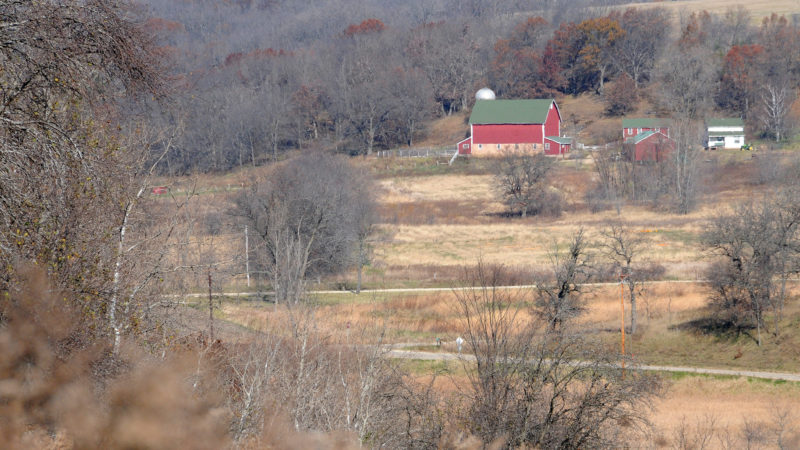
During my three-day hunt, I saw far more hikers and equestrians than bowhunters. Sure, there were sidelong — even wary — glances when I greeted hikers, horses and riders along the trails, but no one seemed alarmed. Imagine that: Dane County’s “liberal” nonhunters accepting my camouflage-wearing presence.
Once I left the trails and climbed a tree to bowhunt, I doubt the park’s other users realized I was near. If I could bowhunt the park more often, I’m sure I’d learn the routines of individual hikers and riders. People are more predictable than wildlife, after all.
I didn’t get any shots during that October 2010 hunt, nor did I fare any better six weeks later in December. The only difference was this: I found myself counting snow-shoers and cross-country skiers — not hikers and horseback riders — while hoping for deer to appear.
I sensed respect when stopping after dark to visit with two skiers on my walk out, and admitted my fingers were stinging from the single-digit temperatures. They even told me about a trail that led more directly back to my truck.
I keep that helpful conversation in mind whenever hearing that “nonconsumptive users” always oppose hunting on public lands.

 By
By 